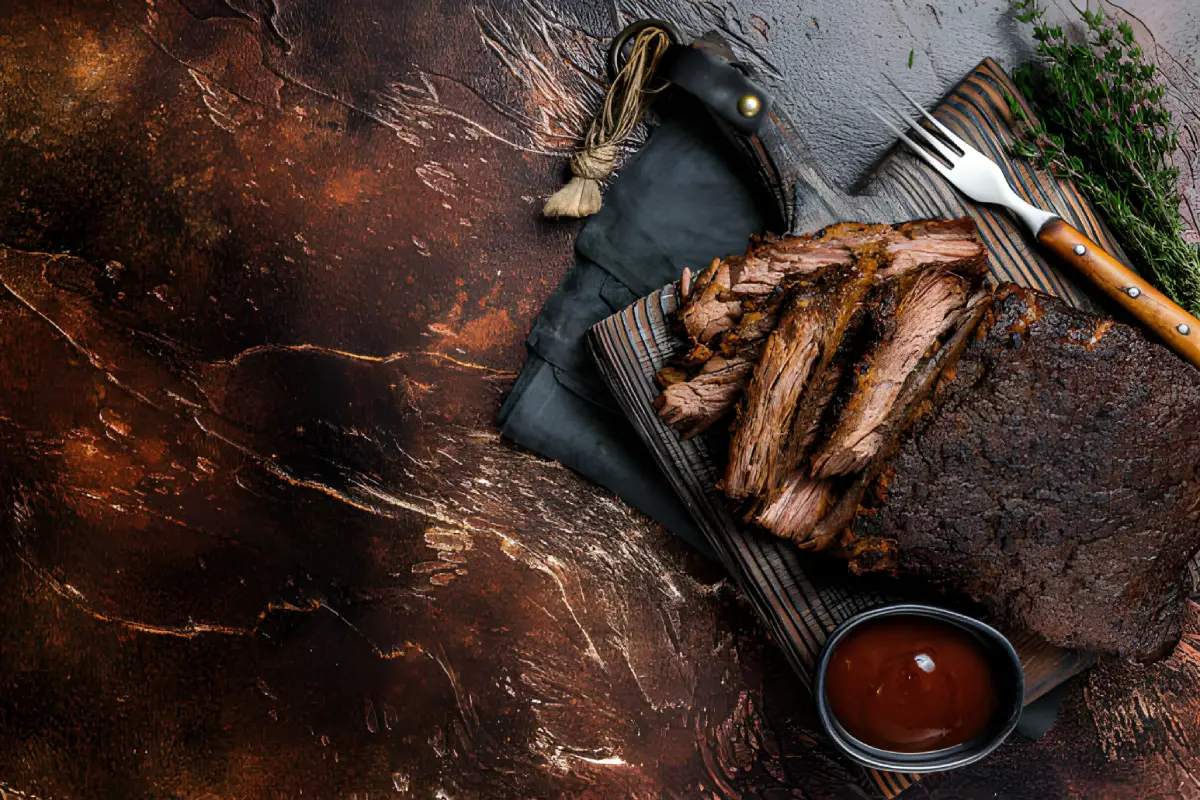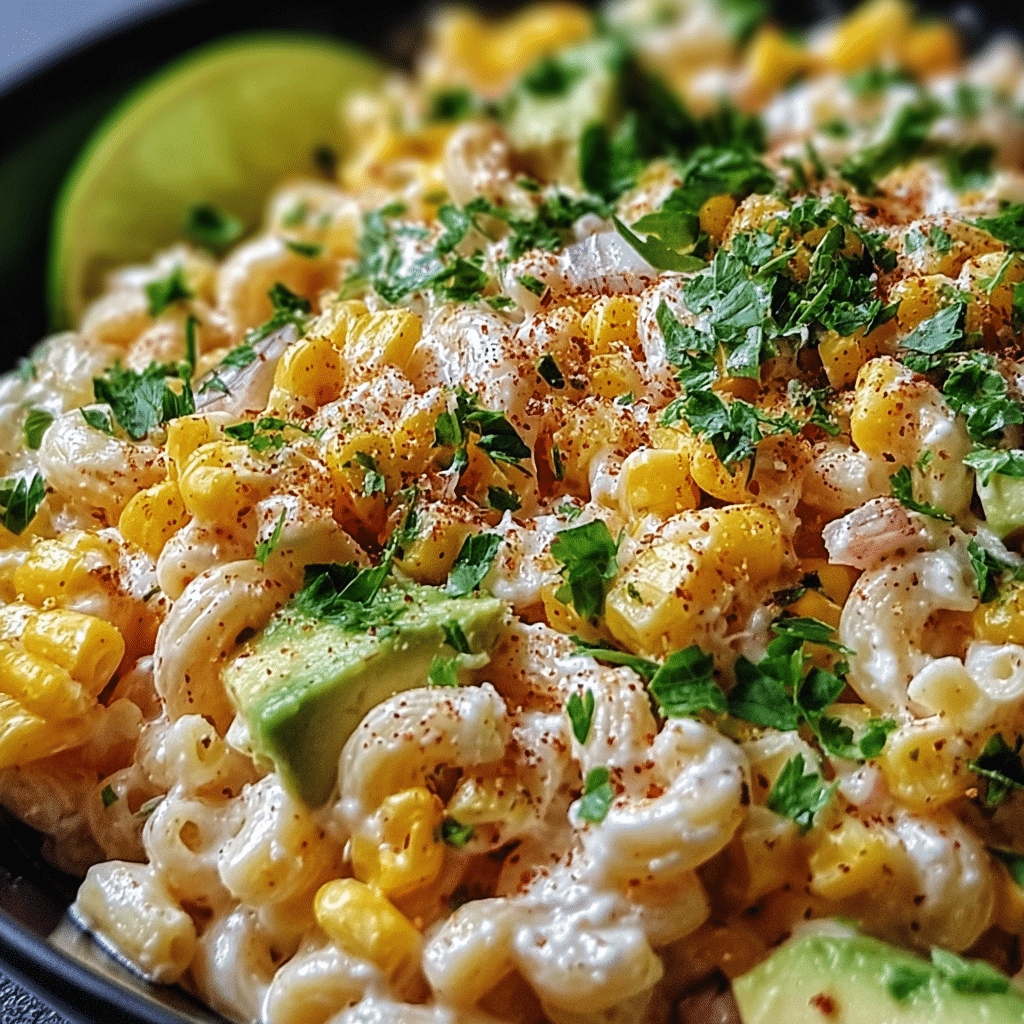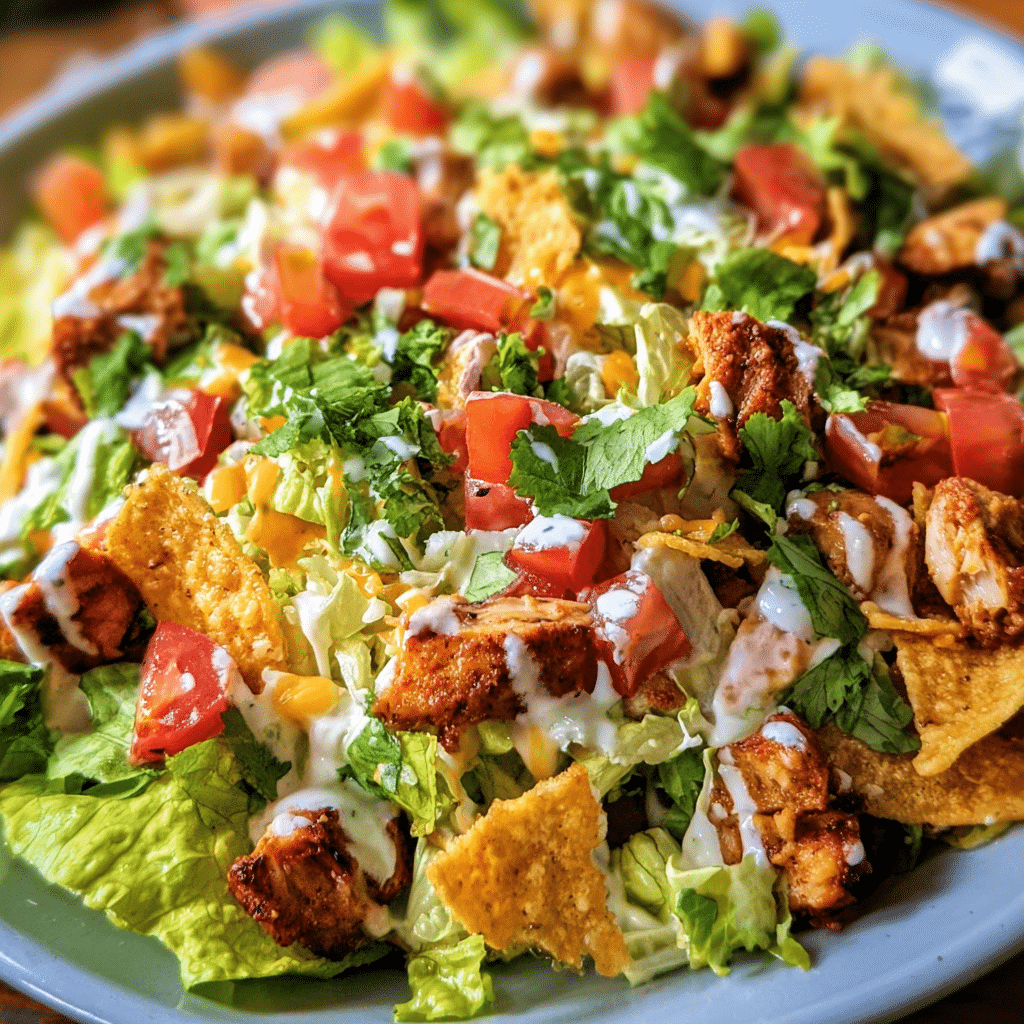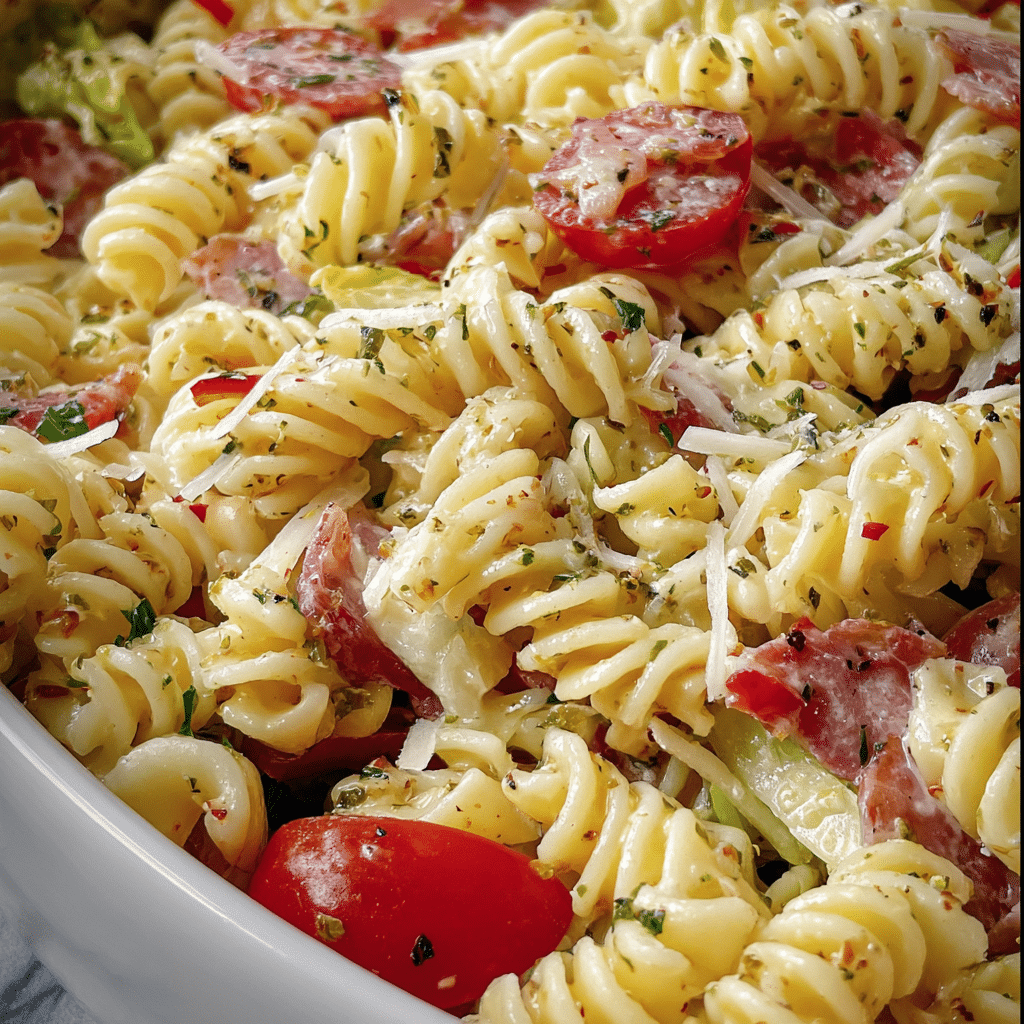Tips for Perfect Chuck Roast Every Time
Chuck roast, a flavorful and affordable cut of beef from the cow’s shoulder, is ideal for slow cooking methods. Here are expert tips to ensure a perfect chuck roast every time:
- Choose the Right Cut: Opt for a chuck roast with good marbling. The fat marbling contributes to the flavor and tenderness of the roast.
- Season Generously: Season the chuck roast with salt, pepper, and your favorite herbs and spices to enhance its natural flavors.
- Sear Before Slow Cooking: Searing the chuck roast on all sides in a hot pan creates a flavorful crust that locks in juices.
- Low and Slow is Key: Cook your chuck roast on a low temperature for several hours, whether in a slow cooker, oven, or Instant Pot®. This method allows the tough fibers in the chuck roast to break down, resulting in tender meat.
- Let it Rest: Allow the chuck roast to rest for at least 15 minutes before slicing. This step helps redistribute the juices throughout the meat, ensuring it’s moist and tender.
- Use a Thermometer: For perfect doneness, use a meat thermometer. Aim for an internal temperature of 190°F to 200°F for optimal tenderness.
- Incorporate Vegetables: Adding vegetables like carrots, onions, and potatoes not only makes for a complete meal but also enhances the flavor of the chuck roast.
The Versatility of Chuck Roast
Chuck roast, a beloved cut of beef from the shoulder area, is celebrated for its rich flavor and adaptability in various dishes. Known for its marbling and tenderness when cooked properly, chuck roast is a cornerstone in many culinary traditions. Let’s explore the culinary uses of chuck roast, from classic pot roast to innovative dishes that go beyond traditional recipes.
Culinary Uses of Chuck Roast
Pot Roast Perfection: A Classic Dish
Pot roast stands as a testament to the chuck roast’s ability to transform into a tender, flavorful meal with minimal effort. This classic dish involves slow cooking the chuck roast with a medley of vegetables and herbs, resulting in a comforting meal that’s perfect for family dinners.
- Ingredients: Chuck roast, carrots, potatoes, onions, garlic, beef broth, and a bouquet of herbs.
- Method: Season the chuck roast and brown it on all sides. Place it in a slow cooker or Dutch oven with vegetables, broth, and herbs, then cook until tender.
Stews and Braises: Maximizing Flavor and Tenderness
The slow cooking methods used in stews and braises are ideal for chuck roast, allowing its tough fibers to break down and absorb flavors from liquids and seasonings.
- Stews: Combine chunks of chuck roast with vegetables, stock, and seasonings in a pot. Simmer until the meat is fall-apart tender.
- Braises: Sear the chuck roast, then cook it slowly in a small amount of liquid in a covered pot, creating a rich and flavorful sauce.
Innovative Dishes: Beyond Traditional Recipes
Chuck roast’s versatility extends beyond the classics. It can be used in innovative dishes that showcase its flavor and texture in new ways.
- Shredded Beef Tacos: Slow cook the chuck roast with Mexican spices, then shred it for tacos.
- Beef Ragu: Simmer chuck roast in a tomato-based sauce until tender, then serve over pasta.
- Asian-Inspired Dishes: Use chuck roast in Korean bulgogi or Chinese beef and broccoli for a twist on traditional recipes.
Chuck roast’s adaptability makes it a favorite among home cooks and chefs alike. Whether you’re preparing a traditional pot roast, a hearty stew, or experimenting with new flavors, chuck roast offers endless possibilities to create satisfying and delicious meals.
Cooking Techniques for Chuck Roast
Chuck roast, known for its rich flavor and versatility, is a popular cut of beef that benefits greatly from proper cooking techniques. From slow cooking to roasting and even slicing into steaks, understanding how to cook chuck roast can transform this tough cut into a tender, flavorful meal.
Slow Cooking: A Method for Tenderization
Slow cooking is the quintessential method for tenderizing the dense fibers of chuck roast. This low-and-slow approach allows the connective tissues to break down over time, resulting in melt-in-your-mouth tenderness. For detailed recipes and further tips on slow cooking chuck roast, explore our comprehensive guide here.
- Key Points:
- Season the chuck roast generously before cooking.
- Use a slow cooker, Crockpot, or Dutch oven at a low temperature.
- Cook for several hours, typically 8-10 on low or 4-5 on high.
- Incorporate liquids like broth, wine, or water to enhance moisture and flavor.
Roasting: Achieving a Flavorful Crust
Roasting chuck roast in the oven is another excellent way to prepare this cut, especially when aiming for a flavorful crust with a tender interior.
- Key Points:
- Preheat your oven to a high temperature (around 450°F) for the initial sear, then lower to 325°F.
- Sear the roast in the oven or on the stovetop before roasting to develop a crust.
- Use a meat thermometer to ensure proper doneness—135°F for medium-rare.
- Let the roast rest before slicing to retain its juices.
Slicing into Steaks: A Butcher’s Perspective
While not as common, chuck roast can be sliced into steaks for grilling or pan-searing, offering a butcher’s take on maximizing the cut’s potential.
- Key Points:
- Choose a chuck roast with good marbling for tenderness.
- Slice the chuck roast into steaks of desired thickness, typically 1-1.5 inches.
- Tenderize the steaks with a meat mallet if necessary.
- Cook quickly over high heat to sear the outside while keeping the inside tender.
Flavor Profile and Marination Tips for Chuck Roast
Chuck roast, a beloved cut from the shoulder area of the cow, is prized for its rich, beefy flavor and potential for tenderness when cooked properly. Understanding how to enhance its flavor through marination and seasoning can transform your chuck roast dishes. Here’s how to make the most of this versatile cut.
Enhancing the Beefy Flavor of Chuck Roast
The beefy flavor of chuck roast is its hallmark, characterized by a deep, meaty taste that stands out even with minimal seasoning. To enhance this natural flavor, consider exploring our detailed guide on Marinating Techniques for Beef that can help you unlock the full potential of chuck roast.
- Use Salt: Salt is crucial for bringing out the meat’s inherent flavors. Season generously with kosher salt before cooking.
- Incorporate Fat: Adding fat, such as olive oil or butter, during the cooking process can help amplify the chuck roast’s richness.
- Slow Cook: Slow cooking methods, like braising or stewing, concentrate the beef’s flavors while tenderizing the meat.
Marination Techniques for Tenderizing
Marination not only adds flavor but also helps to tenderize the chuck roast, breaking down tough muscle fibers.
- Acidic Ingredients: Ingredients like vinegar, lemon juice, or wine can help tenderize the meat by breaking down its proteins.
- Time: For best results, marinate your chuck roast for at least a few hours, though overnight is ideal for deeper flavor penetration.
- Pierce the Meat: Before marinating, pierce the chuck roast with a fork to allow the marinade to seep into the meat more effectively.
Seasoning Suggestions for Various Dishes
Seasoning your chuck roast can vary widely depending on the dish you’re preparing. Here are some suggestions to match various cuisines:
- For Classic American Pot Roast: Use a blend of garlic powder, onion powder, thyme, and rosemary.
- For a Mexican Twist: Opt for cumin, chili powder, and smoked paprika.
- For Italian Flavors: Incorporate oregano, basil, and a touch of fennel seed.
Advanced Chuck Roast Preparations
Chuck roast, typically known for its role in hearty, comfort food dishes, also possesses the potential for gourmet transformations. With the right techniques, this humble cut can be elevated into culinary delicacies. Here’s how to turn chuck roast into high-end fare.
Transforming Chuck Roast into Gourmet Dishes
Sous Vide Chuck Roast: Achieving Unparalleled Tenderness
Sous vide cooking involves sealing the chuck roast in a vacuum bag and cooking it in a precisely controlled water bath. This method:
- Ensures even cooking
- Retains moisture
- Achieves tenderness not possible through traditional methods
Cook at 135°F (57°C) for 24-48 hours for a texture that rivals prime cuts.
Smoking Chuck Roast: Infusing Deep, Smoky Flavors
Smoking chuck roast transforms it with complex, smoky flavors, making it perfect for:
- BBQ sandwiches
- Tacos
- Main dishes with a twist
Slow smoke at 225°F (107°C) until it reaches an internal temperature of 195°F (90°C) for optimal flavor and tenderness.
Creating Chuck Roast Delicacies: Carpaccio and Tartare
With precise preparation, chuck roast can be used for raw dishes like carpaccio and tartare, showcasing its versatility.
- Carpaccio: Thinly slice sous vide-cooked chuck roast and serve with olive oil, lemon, and capers.
- Tartare: Finely chop raw, high-quality chuck roast and mix with traditional tartare ingredients for a bold appetizer.
These advanced preparations highlight the chuck roast’s potential beyond the stew pot, offering a gourmet experience that challenges traditional perceptions of this cut.
FAQs on Chuck Roast
Chuck roast, a flavorful and versatile cut of beef from the shoulder area, is a staple in many kitchens. Here are some frequently asked questions about chuck roast uses, providing insights into its culinary uses, comparison with other cuts, and ideal side dishes.
Can chuck roast be used for grilling?
- Technically, chuck roast can be grilled, but it requires specific preparation to ensure tenderness. Because it’s a tougher cut, marinating the chuck roast for at least 24 hours can help tenderize the meat. Additionally, cooking it slowly on a lower heat section of the grill or using a reverse sear method can achieve better results. For a more grill-friendly option, consider slicing the chuck roast into steaks and tenderizing them before grilling.
How does chuck roast compare to more expensive cuts?
- Chuck roast is known for its rich flavor and marbling, which can rival more expensive cuts when cooked properly. While it may not have the natural tenderness of cuts like ribeye or tenderloin, slow cooking methods like braising, stewing, or sous vide can transform chuck roast into a deliciously tender dish. Its affordability and large size make it a great value for feeding a crowd or meal prepping.
What are the best sides to serve with chuck roast dishes?
- The hearty nature of chuck roast pairs well with a variety of sides. Consider these options:
- Root Vegetables: Carrots, potatoes, and parsnips roasted in the same pan as the chuck roast absorb its flavors beautifully.
- Green Vegetables: Steamed or sautéed greens like broccoli, green beans, or Brussels sprouts add a fresh contrast to the rich beef.
- Starches: Mashed potatoes, rice, or crusty bread can soak up the delicious juices and make the meal more satisfying.
- Salads: A light, acidic salad can balance the richness of the meat, making for a well-rounded meal.
Chuck roast’s versatility and flavor make it a favorite for many home cooks. Whether slow-cooked, braised, or prepared with a bit more effort for grilling, it offers a satisfying meal option. Pairing chuck roast with complementary sides can elevate your dining experience, showcasing this humble cut’s potential.
Tips for Buying and Storing Chuck Roast
When it comes to enjoying the rich flavors and tender potential of chuck roast, selecting and storing your meat properly is crucial. Here are some tips to ensure you get the best quality chuck roast and keep it fresh.
Buying Chuck Roast
- Look for Marbling: The best chuck roasts have good marbling, which are the fat veins running through the meat. This fat melts during cooking, making the roast more flavorful and tender.
- Check the Color: Fresh chuck roast Uses should be a vibrant red color. If it looks dull or brown, it might not be as fresh.
- Ask Your Butcher: Don’t hesitate to ask for recommendations or to have a piece cut to your specific needs. A knowledgeable butcher can be invaluable.
Storing Chuck Roast
- Refrigerate Promptly: If you’re using the chuck roast within a few days, store it in the coldest part of your refrigerator.
- Freeze for Longevity: For long-term storage, wrap the chuck roast in freezer paper or airtight plastic and freeze it. Properly stored, it can last up to 6 months.
- Thaw Safely: Always thaw chuck roast Uses in the refrigerator or by using the cold water method to prevent bacterial growth.
- Mind the Weight: Consider the size of the chuck roast Uses for your needs. Larger roasts are great for meals with leftovers, while smaller cuts may be more suitable for single dinners or smaller families.
By following these tips for buying and storing, you can ensure your chuck roast Uses is of the highest quality and freshness, ready for your next delicious meal.







